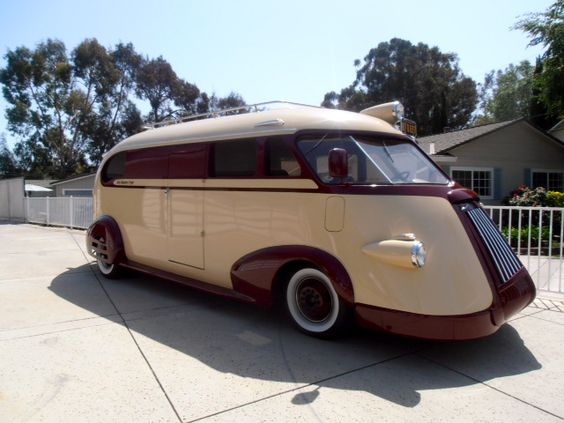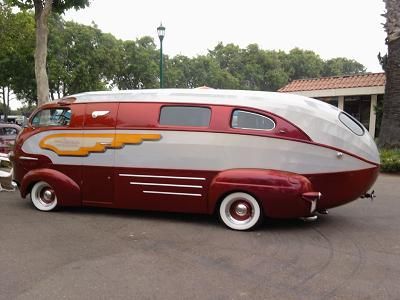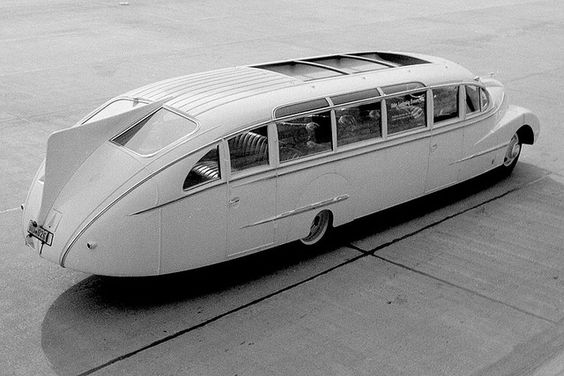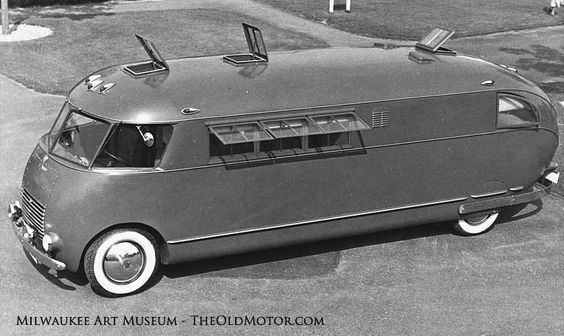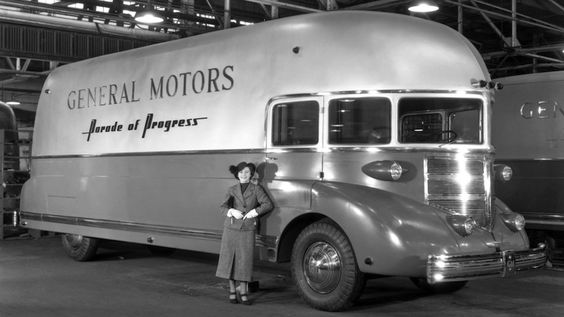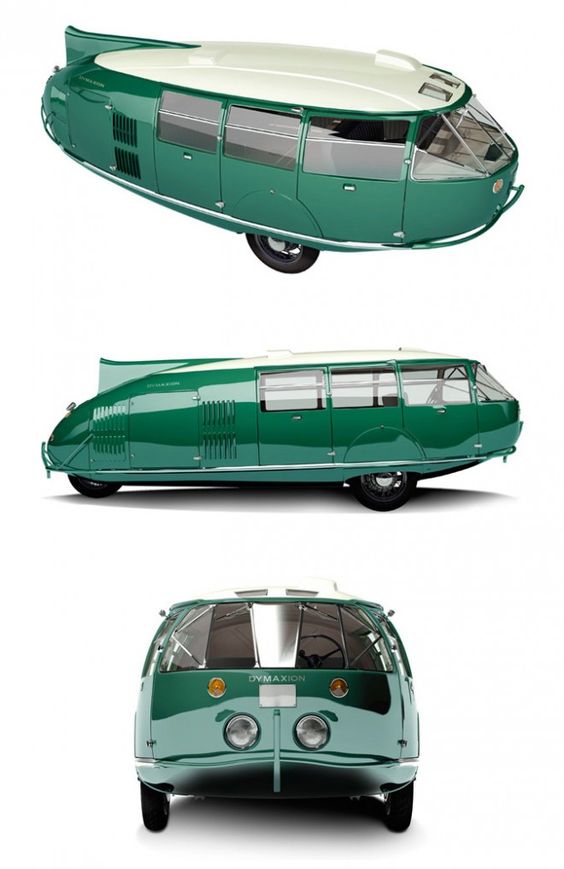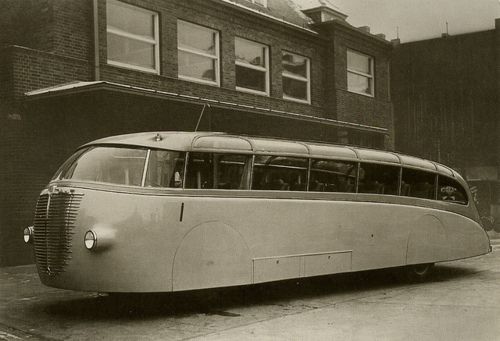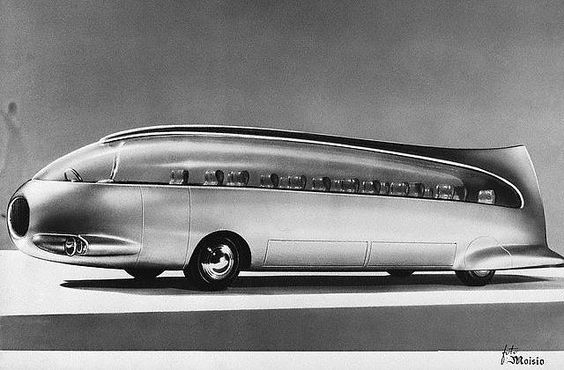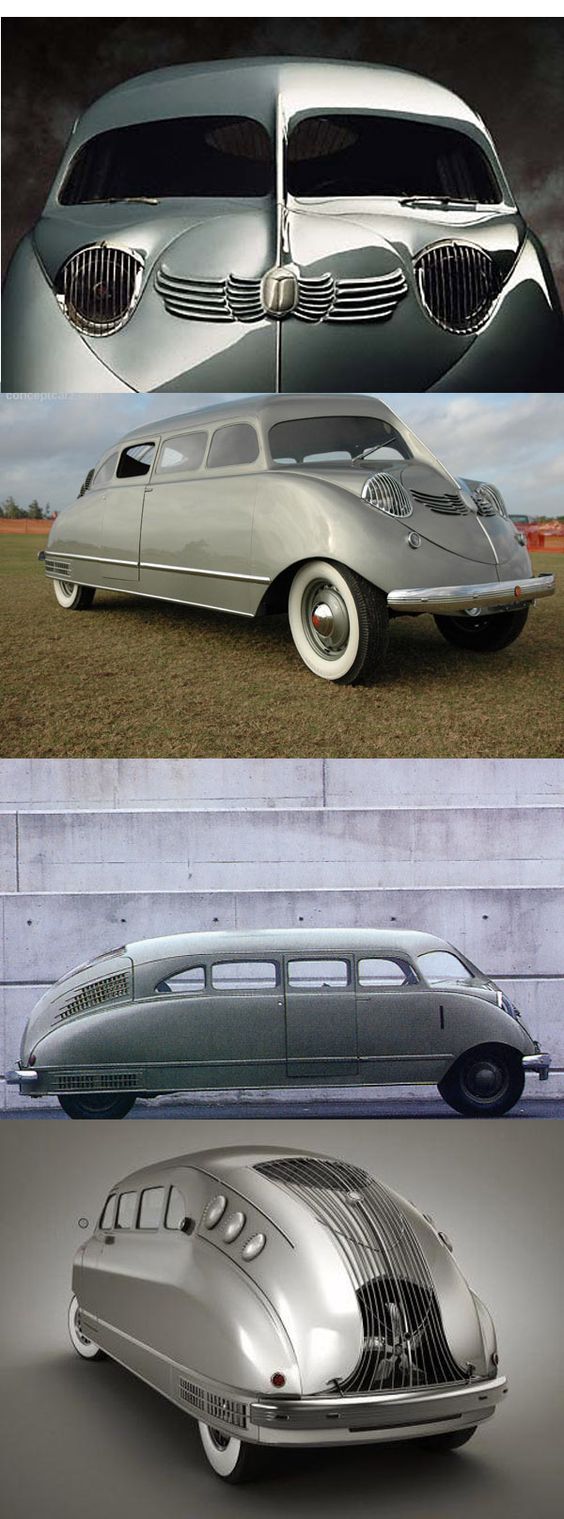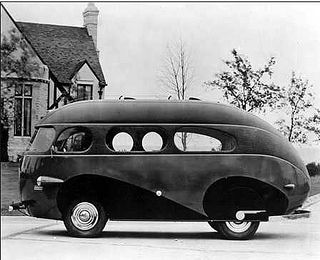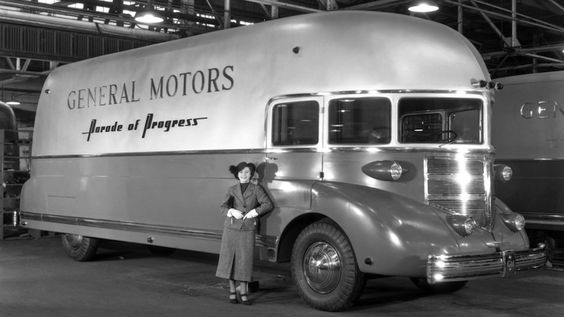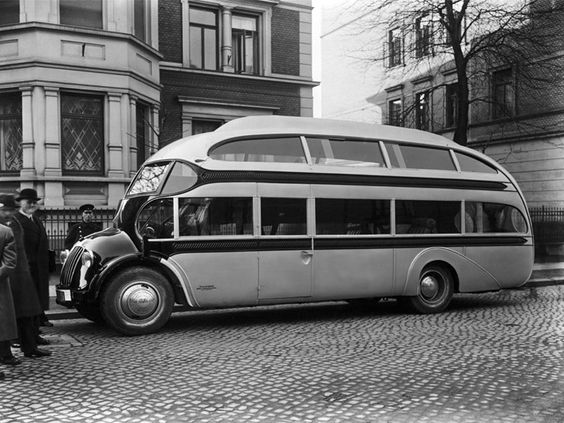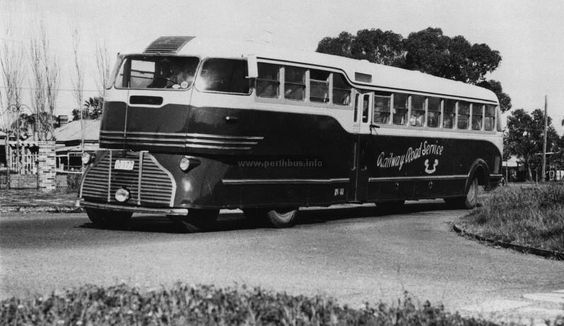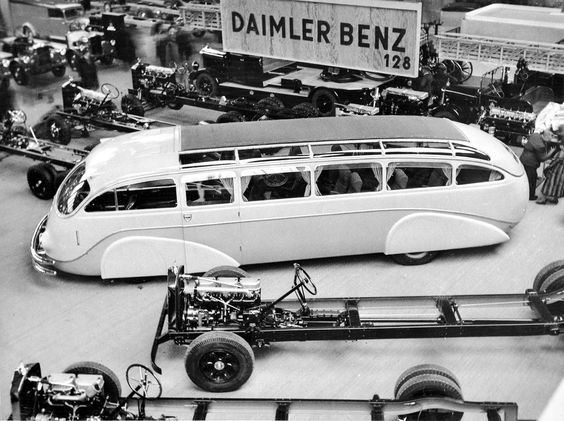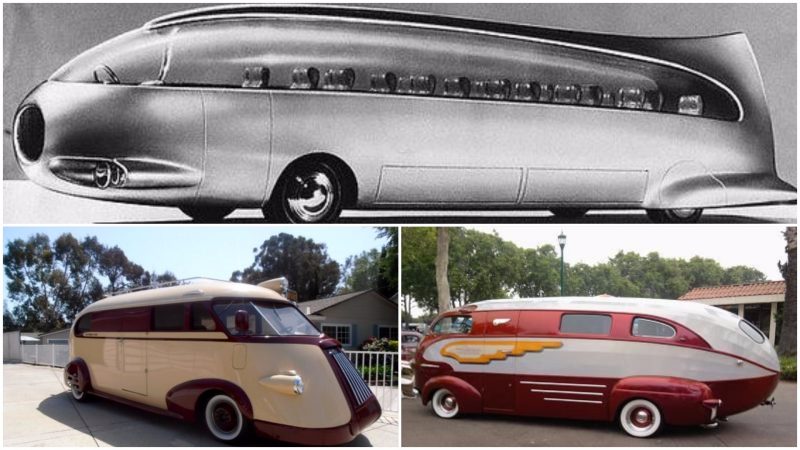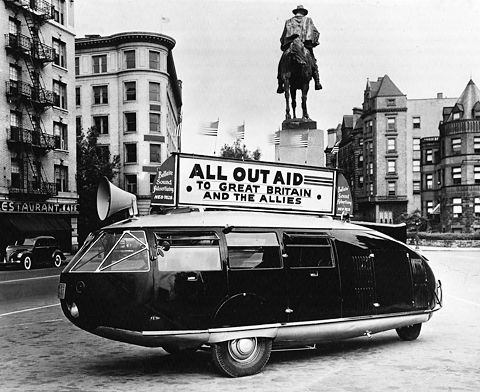
Streamlining was associated with prosperity and an exciting future. Many engineers tried to incorporate aerodynamics into the shape of cars in the 1920s, and some entered production. The first such automobile (a prototype) to have a tear-drop shape and have the wheels within the body was the Persu automobile, with a drag coefficient of 0.22, built by Romanian engineer Aurel Persu.
A streamliner is a vehicle incorporating streamlining in a shape providing reduced air resistance. The term is applied to high-speed railway trainsets of the 1930s to 1950s, and to their successor “bullet trains”. Less commonly, the term is applied to fully faired recumbent bicycles. As part of the Streamline Moderne trend, the term was applied to passenger cars, trucks, and other types of light-, medium-, or heavy-duty vehicles, but now vehicle streamlining is so prevalent that it is not an outstanding characteristic. In land speed racing, it is a term applied to the long, slender, custom built, high-speed vehicles with enclosed wheels.
The style was applied to appliances such as electric clocks, sewing machines, small radio receivers and vacuum cleaners. Their manufacturing processes exploited developments in materials science including aluminium and bakelite. Compared to Europe, the United States in the 1930s had a stronger focus on design as a means to increase sales of consumer products. Streamlining was associated with prosperity and an exciting future. This hope resonated with the American middle class, the major market for consumer products. A wide range of goods from refrigerators to pencil sharpeners was produced in streamlined designs.
Streamlining became a widespread design practice for automobiles, railroad cars, buses, and other vehicles in the 1930s. Notable automobile examples include the 1934 Chrysler Airflow, the 1950 Nash Ambassador “Airflyte” sedan with its distinctive low fender lines, as well as Hudson’s postwar cars, such as the Commodore, that “were distinctive streamliners—ponderous, massive automobiles with a style all their own”.
Streamline style can be contrasted with functionalism, which was a leading design style in Europe at the same time. One reason for the simple designs in functionalism was to lower the production costs of the items, making them affordable to the large European working class. Streamlining and functionalism represent two very different schools in modernistic industrial design, but both reflecting the intended consumer. Lets have a look at some of the cool designs of the Streamliner coaches, motorhomes and buses:
